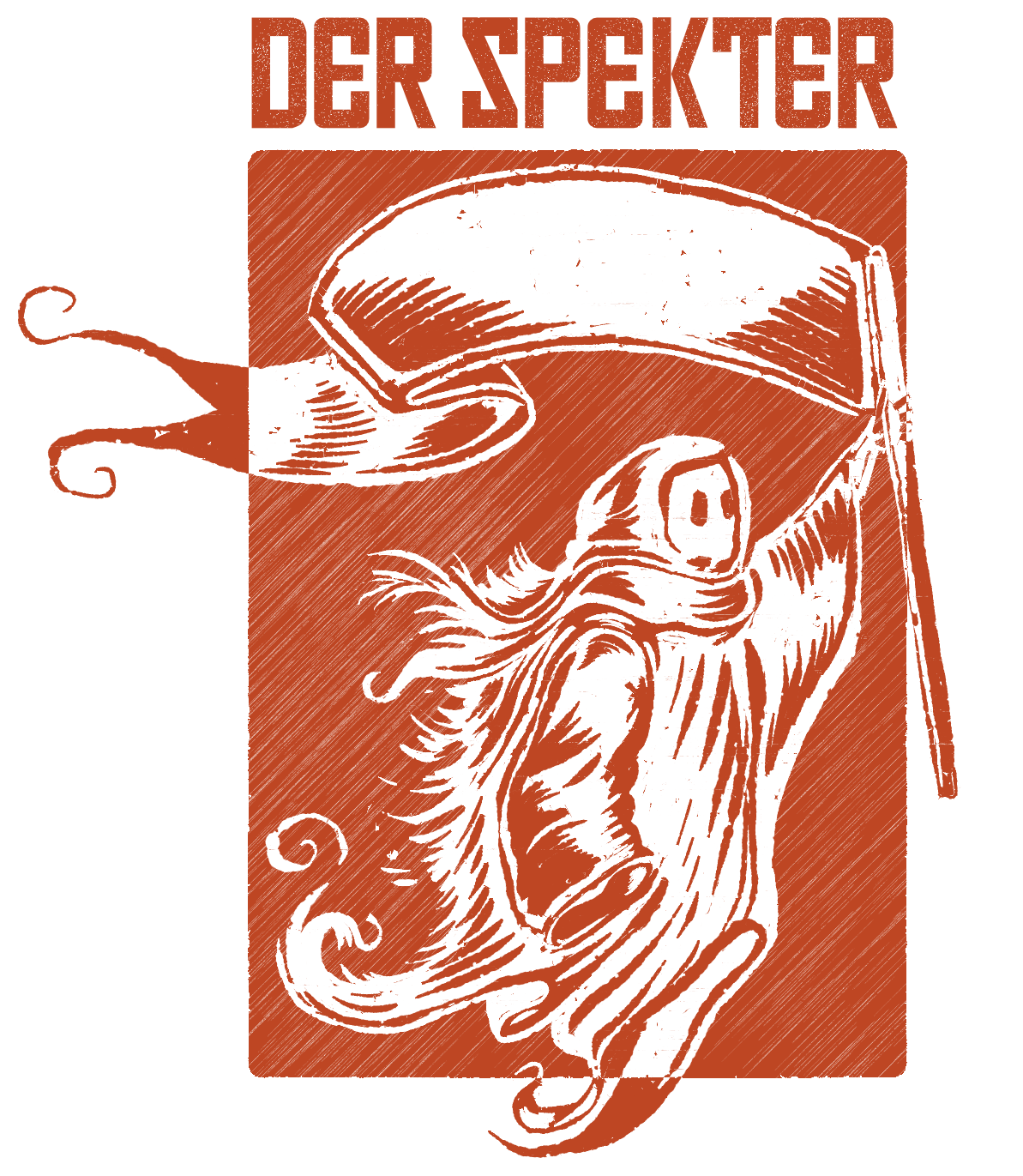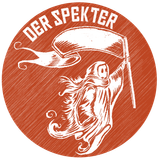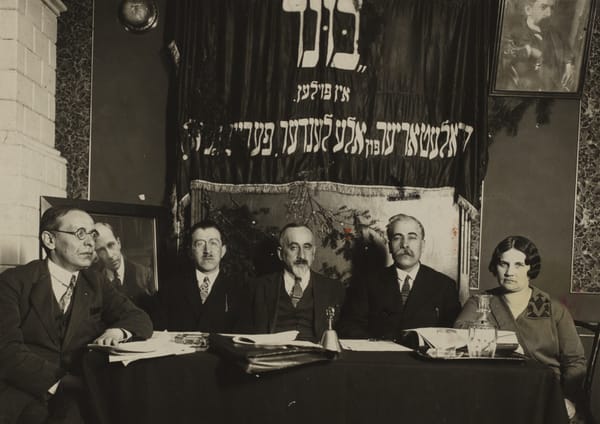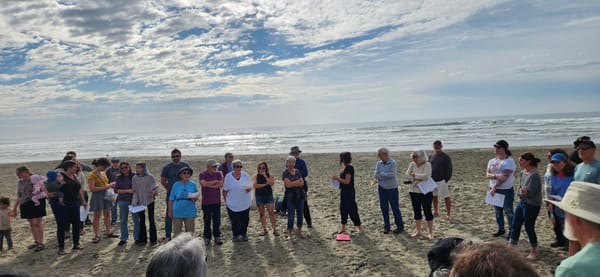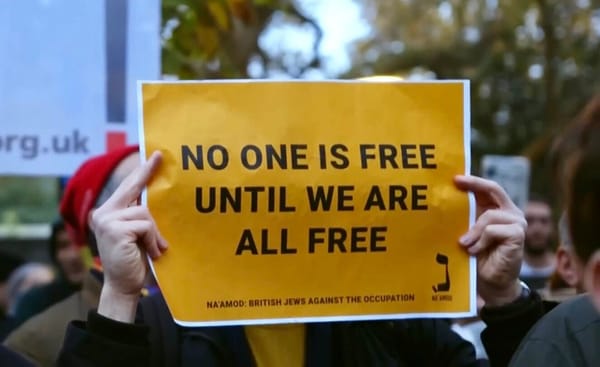Daloy Politsey: a Yiddish “Fuck the Police” for May Day
In honor of May Day, Der Spekter is proud to share: a kleztronica commentary on “Daloy Politsey,” the latest single by New York-based artist Chaia.
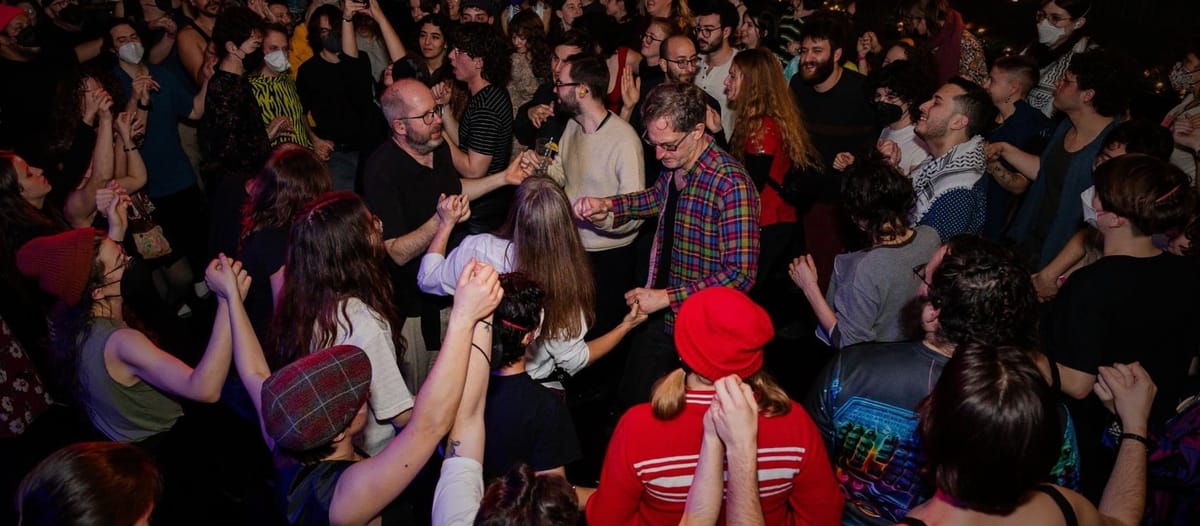
In honor of May Day, Der Spekter is proud to share: a kleztronica commentary on “Daloy Politsey,” the latest single by New York-based artist Chaia, who contributor Abe Plaut interviewed in these pages last fall.
Listen to the track below:
You can also find it on all the streaming platforms here.
What is Daloy Politsey?
“Daloy Politsey,” which translates to “down with the police” or “fuck the police” in Yiddish, was sung at Bund rallies across Eastern Europe. The song calls for an end to the Tsarist police and Russian ruling class, calling for an assassination of Tsar Nicholas. “Daloy Politsey” was widely known in the early 20th century, even sung by “children in the cradle.” In the 21st century, “Daloy Politsey” has found a new life among anti-authoritarian Jewish movements and has been adapted and reinterpreted by contemporary Jewish artists, from Yiddish musician Isabel Frey’s version adapted for anti-fascist movements in Vienna to the truly unique remix produced by Fully Automated Luxury Space Kibbutz in 2020. The song serves as a tie to the radical past of the Bund as well as to anti-police movements of the present.

Why Kleztronica?
Kleztronica is a genre that samples archival Yiddish music and recontextualizes it with electronic grooves. Through sampling, Kleztronica brings little-known archival recordings to broader audiences, bringing their histories to light in the process. By positioning ancestral materials within global rave ecologies, Kleztronica seeks to form a language of solidarity between Yiddish traditional music and that of other marginalized traditions.

What’s special about this track?
Chaia’s “Daloy Politsey” presents a comparative study of the Bund and another school of thought of the turn of the century: the religious anarchists. While the Bund was strictly secular, the religious anarchists combined their anti-authoritarian values with their spirituality. Techno, a medium which often samples texts and music from the Black church, provides a helpful medium to contextualize this discourse.
Chaia’s “Daloy Politsey” samples the scholar Lilian Türk, who writes about Abba Gordin and the dispute about religious anarchism in the magazine Fraye Arbeter Shtime. Türk describes the anti-authoritarian vision of the religious anarchists, that the divine power excludes any other claim to sovereignty, especially that of the State.
Chaia brings in a third influence, the klezmer tune “Der Terk in America,” a tune which was also sung by Sephardi communities to the words “Yodukha Rayonai” or “The Lord is My Shepherd.” By pairing this tune with the Bundists’ “Daloy Politsey” and Türk’s commentary, she hopes to open a discourse of spirituality among Bund revivalists and anti-authoritarian Jews today.
Where can I learn/hear more?
Check out these awesome articles:
- Molly Lipson’s “Before N.W.A.’s ‘Fuck Tha Police,’ There Was the Yiddish ‘Daloy Politsey.”
- Jewish Music Research Center’s “In Ale Gasn / Hey Hey Daloy Politsey.”
- Seth Rogovoy’s “Your Top 9 Yiddish Antifa Anthems: A Revolutionary Playlist.”
Check out a few of our other favorite versions of the song:
- Zalmen Mlotek’s version as heard in the film Free Voice of Labor: The Jewish Anarchists (1980)
- Isabel Frey’s version in her album Millennial Bundist
- Geoff Berner’s version which features his well-known singable translation of the song
- Brivele’s version which fuses Zalmen and Geoff’s versions, as well as a surprise Kimya Dawson moment
- Bestiärio’s very punk version performed in Spanish
